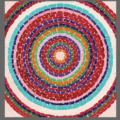
Understanding Art through Artle
Students often ask me how they can prepare for AP Art History or AP Studio Art over the summer, and my response is usually more straightforward than expected. Look at art. Make art. And while looking at and making art and still the foundation of preparing for any art course, I’m going to give you […]
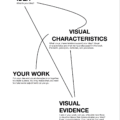
Reading Art Without a Deep Meaning
The elements and principles of art make up part of the language that artists use to communicate meaning through their work. Artists use the elements and principles as organizational tools to create a composition. As a viewer, your understanding of the elements and principles helps you “read” the work of art and unpack what story […]
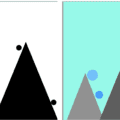
What does it mean?
I don’t understand what this painting means. Why did the artists make this painting? Anyone could have made this artwork. We’re often quick to judge works of art as good or bad, pretty or ugly, but what if the work of art is about something else? Not all artwork is meant to be beautiful. Some […]
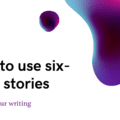
The Power of Six Words
We’ve spent the last few days practicing reading works of art. A large part of learning to read a work of art is observing and describing what you see, which seems easy at first, but it’s likely that there is a lot that you’re missing, both when you observe and when you describe what you […]
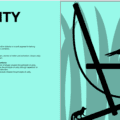
Learn to Observe: The Art of Noticing
Yesterday we discussed how to learn the language of art, and you were introduced to the elements and principles of art. Whether you want to learn more about art history, improve your ability as a visual artist, or get better at noticing the world around you, practicing observing and describing what you see can help. […]
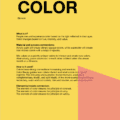
The Language of Art
“Art can help anyone anywhere fix things because it is a universal language. Two people from completely different backgrounds with opposing viewpoints on everything can stand in front of the same image and discuss what they see.” Fixed p 7 A large part of studying Art History is studying the language of artists. You’re learning […]
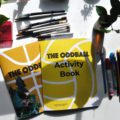
If You Want to be More Creative, Find More Connections
Connections and Combinations Do you wish that you could come up with more creative ideas? You can! Creativity is a skill that you can learn, develop, and continue to grow once you understand it. Creative ideas often spur from your mind making new connections and combinations. This is why it’s essential to do what I […]
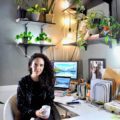
How to Gain Momentum for Your Creative Work
German filmmaker Wim Wenders defined creativity as “obsessive problem-solving.” When I read this definition of creativity, I felt so seen, you too? My creative projects always border and sometimes trip over the edge of obsession. I get an idea, get started, which spurs 20 more ideas that I ALSO must DO RIGHT NOW!! For some, […]
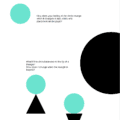
Intro to Visual Literacy
If you love art, art history, and problem-solving and haven’t already, Fixed. How to Prefect the Fine Art of Problem-Solving, by Amy E. Herman, I highly recommend checking it out. German filmmaker Wim Wenders defined creativity as “obsessive problem-solving.” There are A LOT of definitions of creativity, and this one ranks high on the lists […]
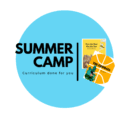
Summer Camp Curriculum Done for You
This is the first summer in a long time that I’m not teaching any classes or running summer camps, and that’s because I’ve shifted to creating books, that are going to make it easier for you to teach a summer camp. If this is your first summer giving camps a try or you’re a seasoned […]